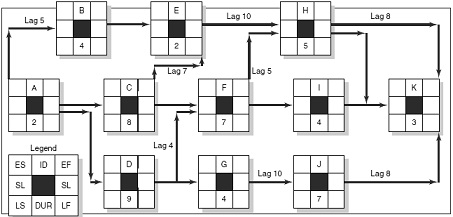Reference no: EM132518576
COIT20261 - Network Routing and Switching Assignment - Central Queensland University, Australia
Objectives - This assessment task requires you to demonstrate your knowledge of routing concepts by completing a number of exercises. You will utilize material learned in the unit and also extend that learning through additional reading.
The assignment is designed to help you to achieve the unit learning outcomes as listed in the unit profile.
Question 1 - Routing Table Construction
Given the following network diagram, assume that all the networks shown are aware of each other and have fully updated routing tables and R4 was configured as default router. Construct the routing table for routers R2 and R3.
List masks in longest mask order, and in dotted-decimal format only
Fig 1 Network Diagram

Question 2 - Forwarding process - classless addressing
First understand the forwarding process as explained in Forouzan Chapter 6, Section 6.2. Answer the following questions.
a) Refer to Figure 1 network diagram from question 1. Assume that a packet arrives at R3 with a destination address of 200.11.60.120. Show the router's forwarding process, that is, all the calculations it does to determine where to send the packet, the results at each step, and the router's decision at the end. Use a table to organize your data.
b) In the same diagram (Figure 1), assume that a packet arrives at R3 with a destination address of 150.32.203.10. Show the router's forwarding process, that is, all the calculations it does to determine where to send the packet, the results at each step, and the routers decision at the end. Use a table to organize your data.
c) Briefly in your own words explain what are the 'domains' referring to in the context of 'classless inter-domain routing' (CIDR) - use proper referencing to show your source of information and to support your answer.
Question 3 - Wireless Routing
In ad hoc wireless networks, nodes (users) are grouped into areas called zones. Describe what makes up a 'zone', and briefly compare the protocols for routing within zones and between zones.
Important: Correct referencing conventions must be used throughout your work using the Harvard referencing convention. Your answers will be marked on clarity, logic, relevance, use of own words and fully addressing all parts of each Question. You must use your own words and must not copy text from the textbook without attribution, or from any other source. Remember that quotations alone will not be accepted as your explanation of the Questions. Quotations can support your explanations, but you must still provide the explanations yourself. Best way forward is to keep direct quotations to a minimum and use your own words.
Attachment:- Network Routing and Switching.rar